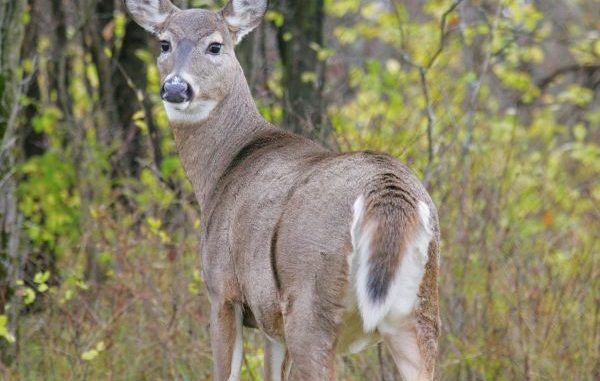
Scrape initiation and moon phase schedule push breeding activity up by a couple of weeks
Retired Deer Program Leader Dave Moreland predicted an earlier rut across the state in the September issue of Louisiana Sportsman magazine, and recent signs from Area 2 indicate he was dead on.
“I had predicted maybe two weeks earlier than what we normally see, and what I saw Monday in DeSoto Parish, with all the serious scrapings on the ground, tells me the rut is cranking up,” Moreleand said. “Over the next couple of weeks those deer will be chasing and breeding, which is a little bit earlier than what people normally expect to see.
“Generally mid-November and Thanksgiving is when their breeding occurs, but I think it’s going to start up early this year.”
Statewide, Moreland said there are about three different breeding seasons because of the genetic makeup of the deer herds that live here.
Deer in western and southwestern Louisiana start earliest, and are typically finished by the end of November, while deer along the Mississippi River in the southeast part of the state start late, in December or January. In Areas 6 and 1, January is usually the main month with a second round going into February, he said.
“It is the length of the day that triggers it, but it’s the DNA of the doe that allows for that timing to occur,” he said. “Earlier breeders, as days start getting shorter, are triggered quicker than the later-rut deer.”
Moreland expected a slightly earlier rut this year because of the connection he sees between scrape activity and the moon phase.
“Scraping, from what I’ve always seen, occurs between the new moon and the full moon,” he said. “I’ve never seen it where it’s started up between the the full moon and the new moon.
“So looking at the moon schedule and utilizing the mindset that your scraping will start sometime between the new moon and full moon period, that how I determined my rut schedules,” he said.
With the two-week jump in the rut this year, Moreland said Area 2 hunters might want to possibly consider adjusting their hunting plans.
“Hunters that were thinking, ‘I’m going to wait until Thanksgiving,’ maybe ought to make a few hunts prior to that,” he said. “Because I think the first round of breeding is fixing to kick in.”
While the rut covers a two-month period, Moreland said the peak of breeding occurs in the first month, with about 80-percent of does bred in that timeframe. Typically, 28 days later, the rest of the does will be bred during the second cycle.
While bucks are not as wary during the rut, Moreland suggested hunters change tactics to maximize their chances to take a big deer.
“When they’re breeding and chasing does, they’re not really concerned about feeding,” he said. “So it’s not really the time to be hunting on a corn feeder. You need to be in the travel corridors in the area that does are traveling because the bucks will be right with them.
“My suggestion to hunters is to get between the feeding sights. Get between your deer stands and the woods and stay there all day, because when bucks are chasing does, you don’t know when it’s going to happen.”
Another factor making corn feeders less desirable now is the arrival of acorns in the fall.
“When you have a good mast crop, deer are eating acorns,” he said. “They’ll come to the corn feeder periodically, but probably most of the visits are at night.
“So your best hunting would be in the woods where your good acorn trees are.”


